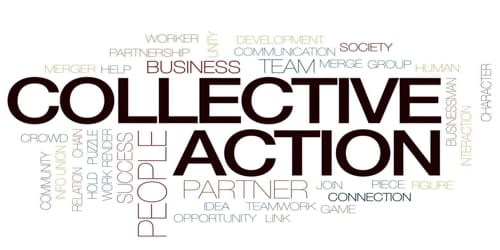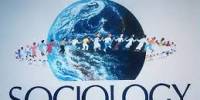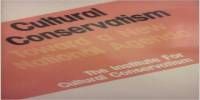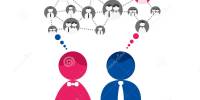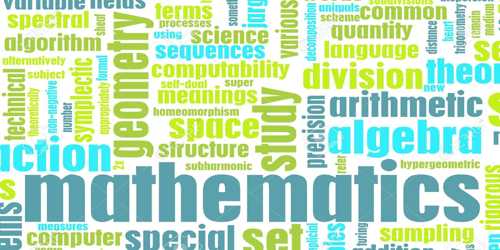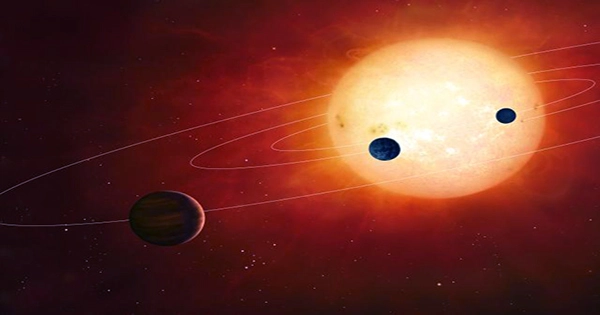About Collective Action
Collective action is any form of organized social or political act carried about by a group of people in order to address their needs. It is a term that has formulations and theories in many areas of the social sciences including psychology, sociology, anthropology, political science, and economics.
Researchers Martijn van Zomeren, Tom Postmes, and Russell Spears conducted a meta-analysis of over 180 studies of collective action, in an attempt to integrate three dominant socio-psychological perspectives explaining antecedent conditions to this phenomenon – injustice, efficacy, and identity.
In 1965, Mancur Olson, Jr. published the first major text on the study of collective action, The Logic of Collective Action. Olson’s theories are still reflected in the theories of many economists to this day, especially issues with public goods and free riders. Public goods are things that are available for the use of everyone, regardless of those people’s investment. The concept of free riding is the use of public goods by people uninvolved in the process of making them available.
In classic examples of collective action problems, such as preserving the environment, sharing a natural resource, participating in national defense, voting in mass elections, and engaging in social protests, group members gain when all individuals do their share, but for any individual the marginal benefit of contributing exceeds the cost. If each individual follows his or her self-interest, the outcome of total defection is worse for everyone than if all had cooperated in supplying the public good. Studies of collective action using game theory, laboratory experiments, and historical cases have been used to identify the conditions under which rational actors are likely to cooperate when they have a strong incentive to be free riders.
The economic theory of collective action is concerned with the provision of public goods (and other collective consumption) through the collaboration of two or more individuals, and the impact of externalities on group behavior. It is more commonly referred to as Public Choice. Mancur Olson’s 1965 book The Logic of Collective Action: Public Goods and the Theory of Groups, is an important early analysis of the problems of public good cost.
Besides economics, the theory has found many applications in political science, sociology, communication, anthropology, and environmentalism.
Collective action frequently relies on the initiative and sacrifice of committed leaders who supply information, resources, and monitoring and lay the foundation for subsequent conditional cooperation among more narrowly self-interested actors.
Collective action occurs when a number of people work together to achieve some common objective. However, it has long been recognized that individuals often fail to work together to achieve some group goal or the common good. The origin of that problem is the fact that, while each individual in any given group may share common interests with every other member, each also has conflicting interests. If taking part in a collective action is costly, then people would sooner not have to take part.
Information Source:
